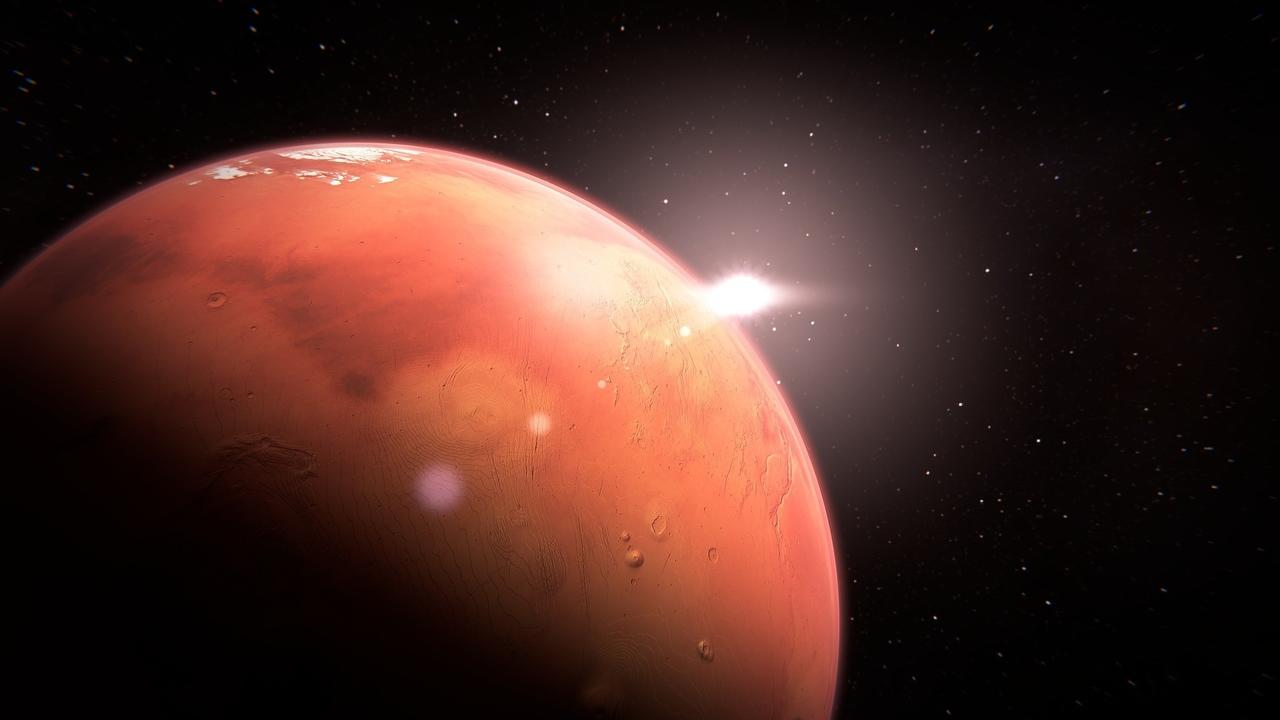Mars Pt.2 | Future of Humans on Mars

News:
Elon Musk is prepping for Mars
SpaceX announced that they are building the first interplanetary spaceship, and they think we'll be able to do short trips and flights by early 2019 NEXT YEAR! Their original plan was to send a cargo ship to Mars in 2022, thus making these present ones test flights. SpaceX's BFR rocket is expected to be able to travel through space to other planets, and be completely reusable, costing less than the initial Falcon 1 flights, which were estimated in the $5 to $6 million range. He hopes if BFR launches, others will believe that travel to Mars is possible, and follow suit. Musk noted that as soon as all of the necessities for life are installed on Mars "then really the explosion of entrepreneurial opportunity [will begin], because Mars will need everything from iron foundries to pizza joints.”
NASA is sending another lander to Mars!
NASA’s InSight, (Interior Exploration using Seismic Investigations, Geodesy and Heat Transport), is a Mars lander designed to measure the inside of Mars: its crust, mantle, and core. NASA will be launching InSight from Vandenberg Air Force Base on May 5th, 2018 as the first planetary mission launched from the West Coast!
The Future of Humans on Mars
Mars 2020 Rover
Launch: July/August 2020
Landing: February 2021
Mission Duration: At least 1 Mars Year (687 Earth Days)
4 Science Goals
- Determine whether life ever arose on Mars
- Characterize the Climate of Mars
- Characterize the Geology of Mars
- Prepare for Human Exploration
To support these goals, Mars 2020 has 4 Science Objectives:
- Determine Habitable Environments
- Seek signs and biosignatures of past life
- Collect rock and Soil samples and store them on MArs
- Test Oxygen Production from the Martian atmosphere
- The atmosphere is 96% Carbon Dioxide. Mars 2020 will test technology (MOXIE- Mars Oxygen ISRU Experiment) to extract the oxygen for humans to breathe.
Potential Landing Sites
- Gusev Crater (goo-sev)
- Jezero Crater
- Northeast Syrtis (seer-tis)
NASA’s Journey to Mars
NASA is on a journey to Mars with a goal to humans there by 2030s. We’ve actually already started this process with satellites, rovers, private companies, international cooperation and the Mars 2020 rover. NASA has classified this journey into 3 thresholds:
- Earth Reliant
- Proving Ground
- Earth Independant
Earth Reliant
- ISS operation through 2024
- Commercial development of Low Earth Orbit
- Development of deep space systems, life support, and human health
- ISS, Orion…
Proving Ground (Cislunar space)
- Regular crewed missions and spacewalks in cislunar space
- ISS is hours away from home, cislunar space is days, Mars is months
- Verify deep space habitation
- The first of these missions will launch NASA's powerful new rocket, the Space Launch System (SLS). The mission will carry the Orion spacecraft (without astronauts) thousands of miles beyond the moon during an approximately three week mission. Then, astronauts will climb into Orion for a similar mission, traveling farther than humans have ever traveled before.
- Also in the 2020s, we'll send astronauts on a yearlong mission into this deep space proving ground, verifying habitation and testing our readiness for Mars.
Earth Independant
- Demonstrate Entry, Descent, landing and ISRU
- Perform robotic round trip mission with a sample return in late 2020s
- Send humans to orbit Mars in the early 2030s
How has Trump changed any of this?
On Dec. 11, Trump signed Space Policy Directive 1, a document that shifts U.S. policy, directing NASA to land astronauts on the moon before sending them on to the Red Planet. "This time, we will not only plant our flag and leave our footprint, we will establish a foundation for an eventual mission to Mars," Trump said at the event. President Trump said Thursday that he wanted to "top" President John F. Kennedy's ambitions to send a man to the moon by pursuing a trip to Mars.
"We're looking at Mars, by the way," Trump said. "Trying to top [Kennedy]. We're going to get there. It's moving along pretty good. A lot of things have happened ... having to do with that subject. Way ahead of schedule."
So… in his 2019 budget request
The Lunar Orbital Platform-Gateway (LOP-G) is a concept for a crew-tended cislunar space station led by: ESA, NASA, Roscosmos, JAXA and CSA. Formerly known as the Deep Space Gateway, the future station was rebranded in NASA's 2019 United States federal budget proposal. The station would be used as a staging point for the proposed Deep Space Transport, which is a concept of a reusable vehicle that uses electric and chemical propulsion and would be specifically designed for human missions to destinations such as Mars. This IS the new Proving Ground.
Join us in our mission!
We've been waiting for you! Join the community and support Space, But Messier! for as little as $1/month! We'll make it worth your while...